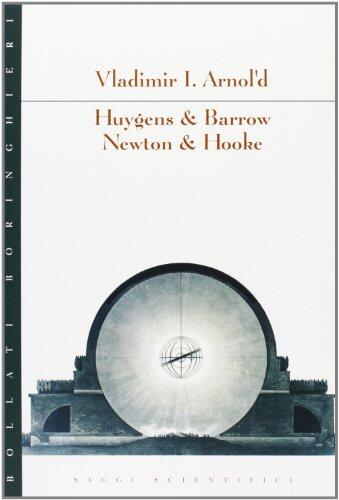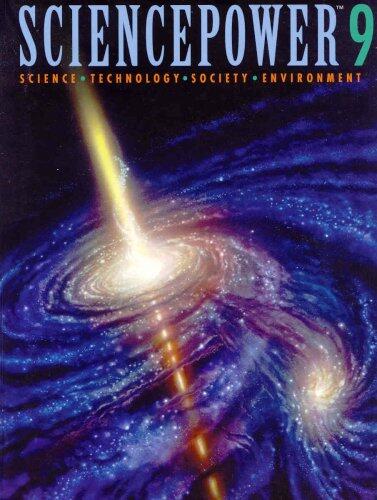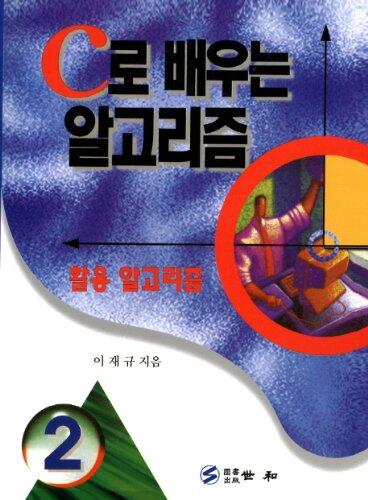
Huygens & Barrow, Newton & Hooke: I Primi Passi Dell'analisi Matematica E Della Teoria Delle Catastrofi: Dalle Evolventi Ai Quasicristalli
작성자
V.I. Arnolʹd
아직 평점이 없습니다
Science & Technology
형식
페이퍼백
페이지
111
언어
한국어
출판됨
Jan 1, 1996
출판사
Bollati Boringhieri
ISBN-10
8833909883
ISBN-13
9788833909882
설명
Delving into the origins of mathematical analysis and catastrophe theory, the book invites readers on an extraordinary journey through the works of pioneering figures like Huygens, Barrow, Newton, and Hooke. The author, V.I. Arnolʹd, offers a compelling exploration of how these early mathematicians laid the groundwork for future advancements, culminating in the fascinating concepts of evolvents and quasicrystals.
Arnolʹd presents complex ideas in an accessible manner, making them relatable for both novices and seasoned mathematicians. Through careful translation by E.J.F. Primrose, the text maintains the integrity of the original while illuminating key concepts with clarity.
Readers gain an appreciation for the interconnectedness of mathematics and its evolution over centuries. The discussions about catastrophe theory further enrich the narrative, revealing how mathematical ideas can not only explain but also predict real-world phenomena.
This work serves not only as an academic resource but also as an engaging account of the genesis of modern mathematics, highlighting the enduring influence of its founding thinkers. Their legacies resonate through the chapters, inspiring a sense of wonder about the intricacies of mathematical thought and its applications.
Arnolʹd presents complex ideas in an accessible manner, making them relatable for both novices and seasoned mathematicians. Through careful translation by E.J.F. Primrose, the text maintains the integrity of the original while illuminating key concepts with clarity.
Readers gain an appreciation for the interconnectedness of mathematics and its evolution over centuries. The discussions about catastrophe theory further enrich the narrative, revealing how mathematical ideas can not only explain but also predict real-world phenomena.
This work serves not only as an academic resource but also as an engaging account of the genesis of modern mathematics, highlighting the enduring influence of its founding thinkers. Their legacies resonate through the chapters, inspiring a sense of wonder about the intricacies of mathematical thought and its applications.

